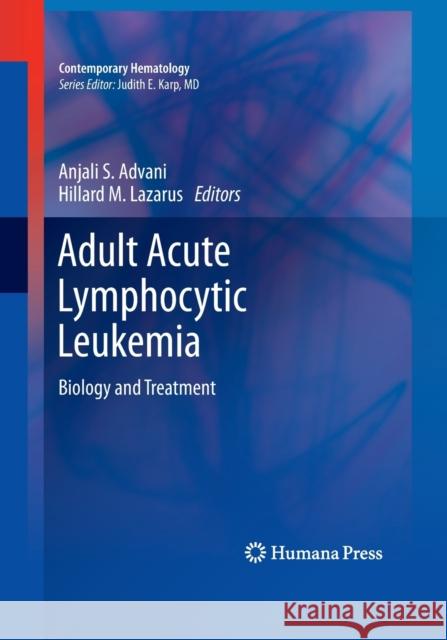Adult Acute Lymphocytic Leukemia: Biology and Treatment » książka
topmenu
Adult Acute Lymphocytic Leukemia: Biology and Treatment
ISBN-13: 9781493957668 / Angielski / Miękka / 2016 / 388 str.
Kategorie BISAC:
Wydawca:
Humana Press
Seria wydawnicza:
Język:
Angielski
ISBN-13:
9781493957668
Rok wydania:
2016
Wydanie:
Softcover Repri
Ilość stron:
388
Waga:
0.70 kg
Wymiary:
25.4 x 17.78 x 2.13
Oprawa:
Miękka
Wolumenów:
01
Dodatkowe informacje:
Wydanie ilustrowane











